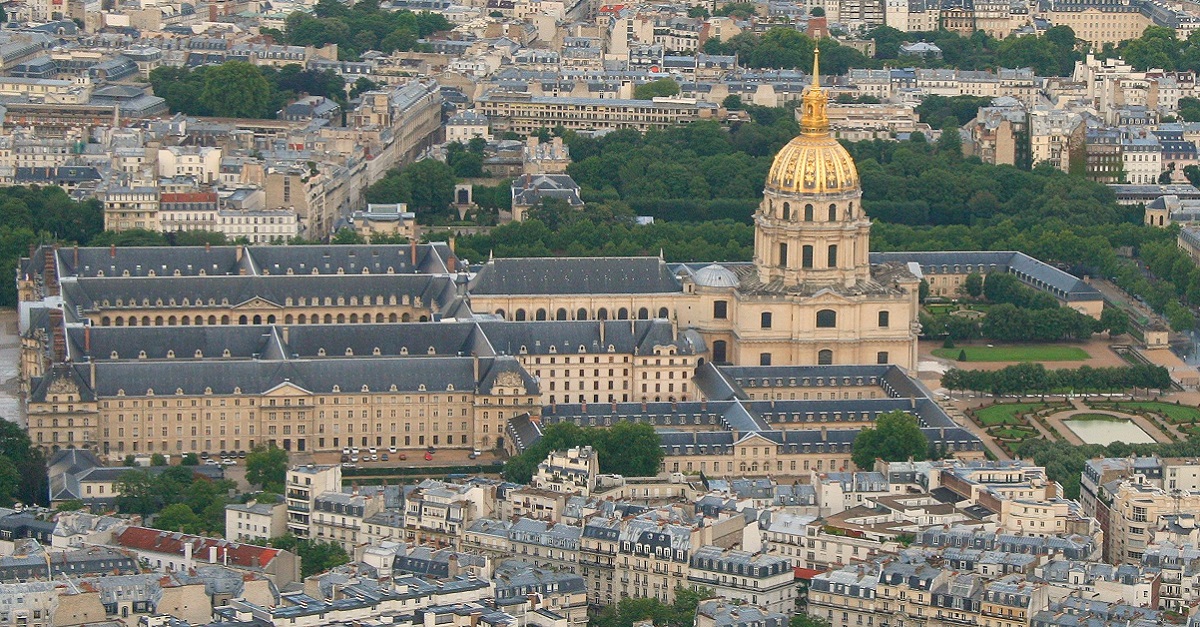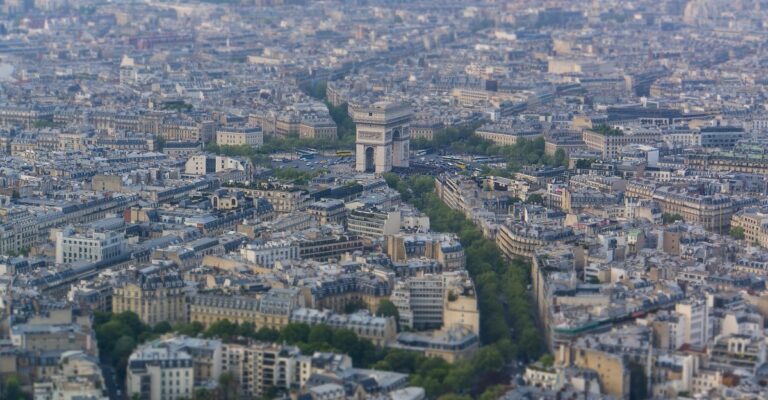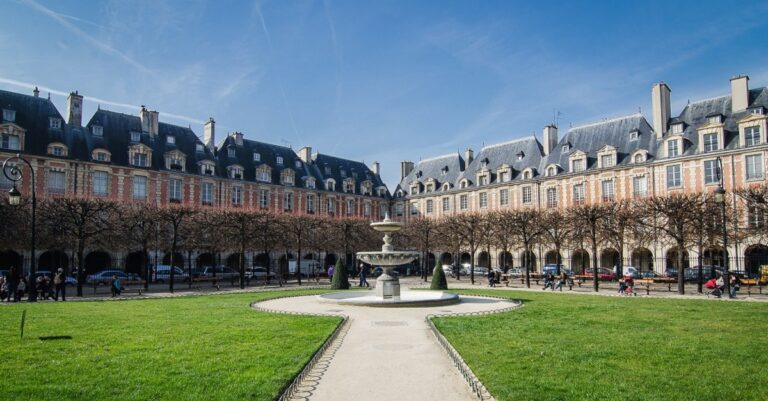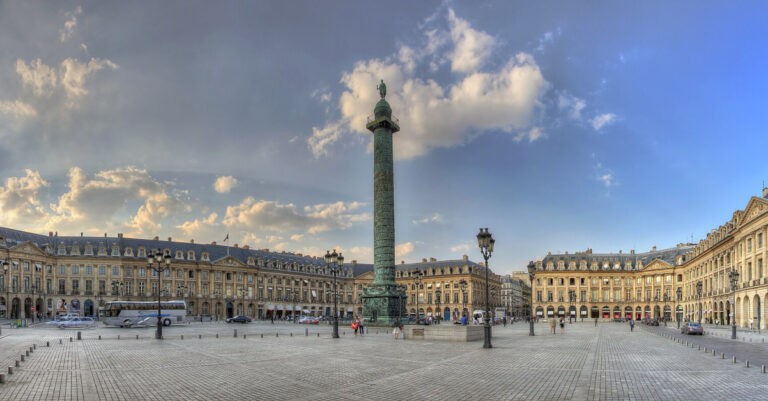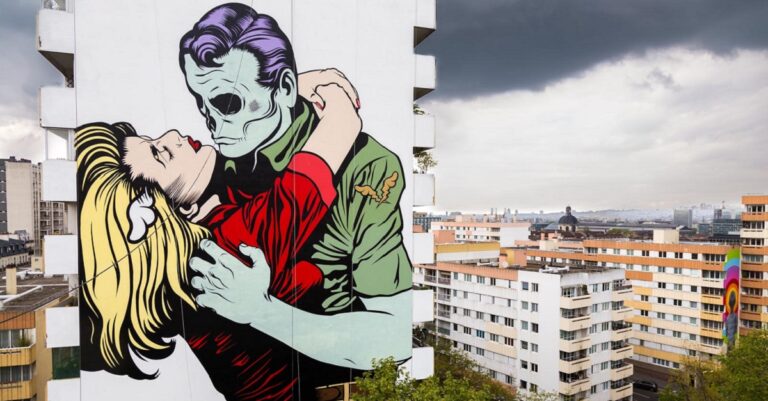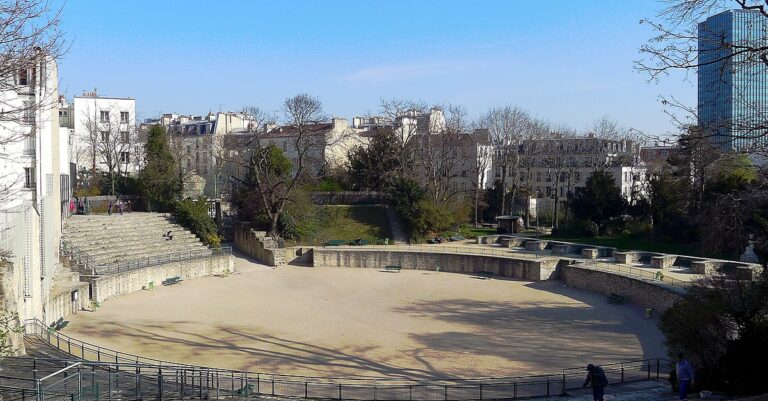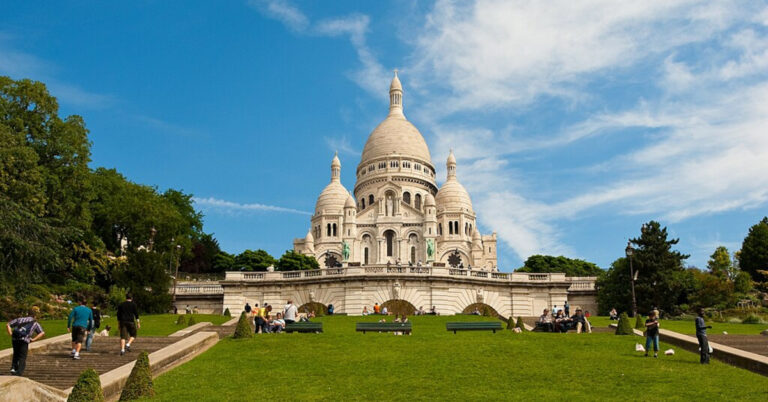The Secrets of Les Invalides
The Construction of the Famous Hôtel des Invalides
The construction of the famous Hôtel des Invalides was an initiative of King Louis XIV.
Indeed, he wanted to follow in the footsteps of his predecessors, Kings Henri II, Henri III, and Henri IV, by creating a place that would guarantee peace and comfort to soldiers left disabled by war, as well as to any man who had risked his life and shed blood in defense of the monarchy.
It was in this context that the Hôtel des Invalides came into being.
The maintenance of the soldiers was funded by levies on the revenues of abbeys and priories.
The Hôtel des Invalides has many rooms and many secrets unknown to most people.
This article reveals some of those secrets.
The Hôtel Only Partially Fulfills Its Original Functions

Today, the Hôtel still houses soldiers, but this is no longer its main role.
It now includes three museums: the Army Museum, the Museum of the Order of Liberation, and the Museum of Contemporary History.
The Hôtel has also retained its function as a military hospital, even though part of the building serves as the headquarters of high-ranking military authorities, including the military governor of Paris.
The governor oversees many organizations dedicated to commemorating soldiers who died in combat, supporting wounded veterans, and honoring servicemen.
Part of the building is known as a military pantheon, where several French war heroes are buried, such as the author of La Marseillaise Claude Joseph Rouget de Lisle, Marshal Henri de La Tour d’Auvergne, and of course, Napoleon Bonaparte.
The Flags of the Saint-Louis Cathedral of Les Invalides
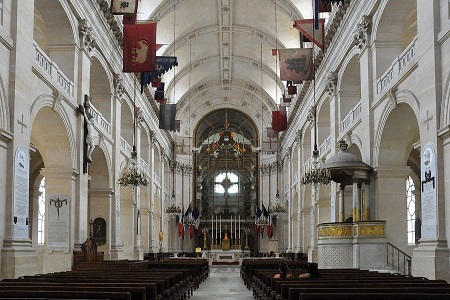
The Church of Saint-Louis, built by Jules Hardouin-Mansart as an annex to the Hôtel des Invalides, was made available to soldiers in 1679 so they could attend daily mass.
Uniquely, this church displays a collection of flags.
These flags were captured from the enemy during the 19th and 20th centuries, previously kept at Notre-Dame Cathedral in Paris.
Among them, the oldest is an Austrian flag taken by Napoleon in 1805.
The Staircases of the Hôtel des Invalides
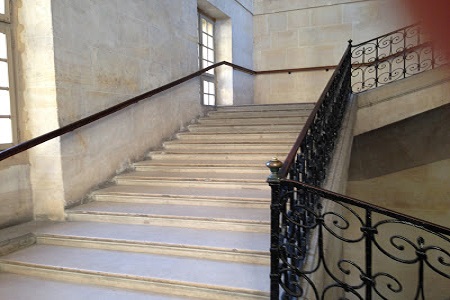
The Hôtel des Invalides contains countless staircases giving access to all parts of the complex.
Tourists are often surprised by the smoothness of the steps.
This design was intentional: it was created to accommodate war amputees, many of whom had wooden legs, making it easier for them to climb to various parts of the Hôtel, such as the dining halls.
The Attics of the Saint-Louis Cathedral
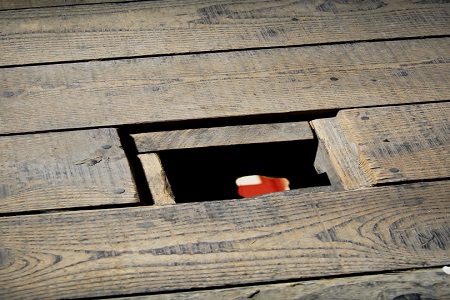
The attics of the Saint-Louis Cathedral are dark and full of mystery.
Hidden trapdoors can be found in the floor.
These were once used for war amputees, who were often illiterate and spiritually distant.
During daily mass, doves would be released through these trapdoors.
The clergy told the soldiers that the Holy Spirit was with them, represented by the doves, which also symbolized hope for the mutilated men, most of whom were in deep psychological distress.
The Crypts of the Hôtel des Invalides
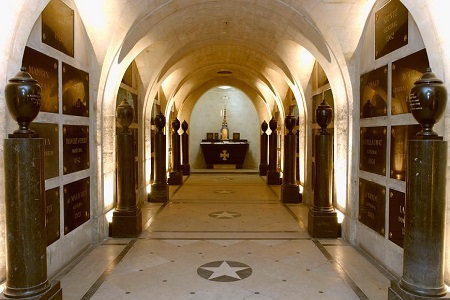
The Hôtel des Invalides contains many crypts, some of which remain secret and closed to the public.
One such crypt, the Governors’ Vault, lies near Napoleon’s tomb.
There rest figures such as Rouget de Lisle and General Leclerc, a key figure in French history, who liberated Paris in 1944.
Other crypts contain the remains of marshals, generals, and even members of Napoleon’s family.
The Graffiti of War Amputees
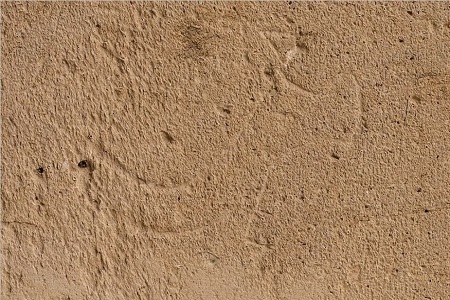
On some walls of the monument, visitors can still find graffiti dating back to the 17th century, made by the invalids themselves to pass the time.
These markings are their personal legacy within the building.
Unfortunately, many have been lost due to renovations that destroyed portions of the original walls.
A Mythical Place of the Revolution
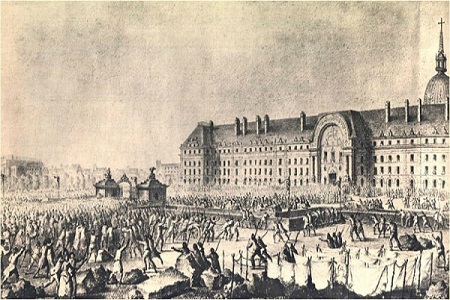
During the French Revolution, on July 14, 1789, the King’s prosecutor was sent to the Hôtel des Invalides to request weapons to arm the people.
But the governor refused without a formal royal order.
In the end, the invalids themselves opened the gates, enabling the people to seize 32,000 rifles and 27 cannons — weapons that would be used in the storming of the Bastille, a decisive turning point in the Revolution.
A Unique Collection of Armor in the Army Museum
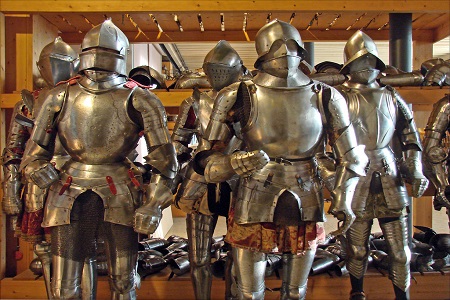
Inside the Army Museum, visitors can find a surprising collection of very small suits of armor.
These child-sized armors were designed for the children of the nobility, so they could get used to wearing them from an early age — both to adapt to the weight and to learn proper breathing techniques.
Thus, children were prepared for war from a young age.
Among the collection are the child armor of Louis XIII and of François I, which reveals that he measured 1.98m (6’5”).
One of France’s Finest Cannons is Preserved Here
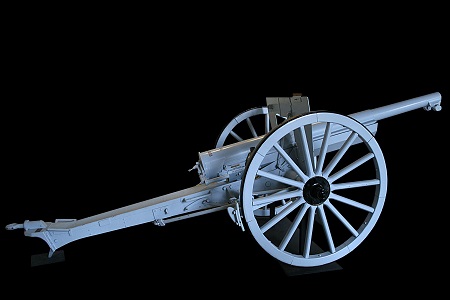
The 1897 cannon is perhaps the most advanced of its time.
Thanks to its hydro-pneumatic recoil system, it avoided backward movement, allowed quicker reloading, and required no re-aiming after each shot.
Although less effective in trench warfare, it was the most widely used weapon in mobile battles and superior to its German counterpart.
This masterpiece is one of the Hôtel des Invalides’ many treasures.
The Army Museum Houses an Authentic “Taxi of the Marne”
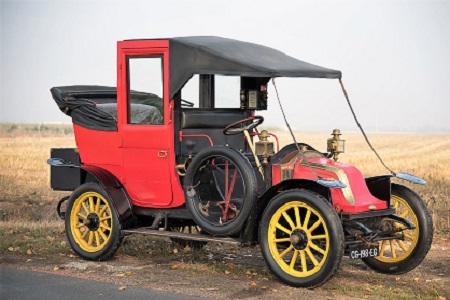
The Taxi of the Marne was used in 1914 to help Parisian soldiers reach the Marne during the battle of the same name, after German forces cut the railway lines.
Marshal Gallieni had the brilliant idea of requisitioning buses and taxis to transport soldiers from their homes to the front.
This initiative became a true patriotic symbol, further uniting the people and the army.

